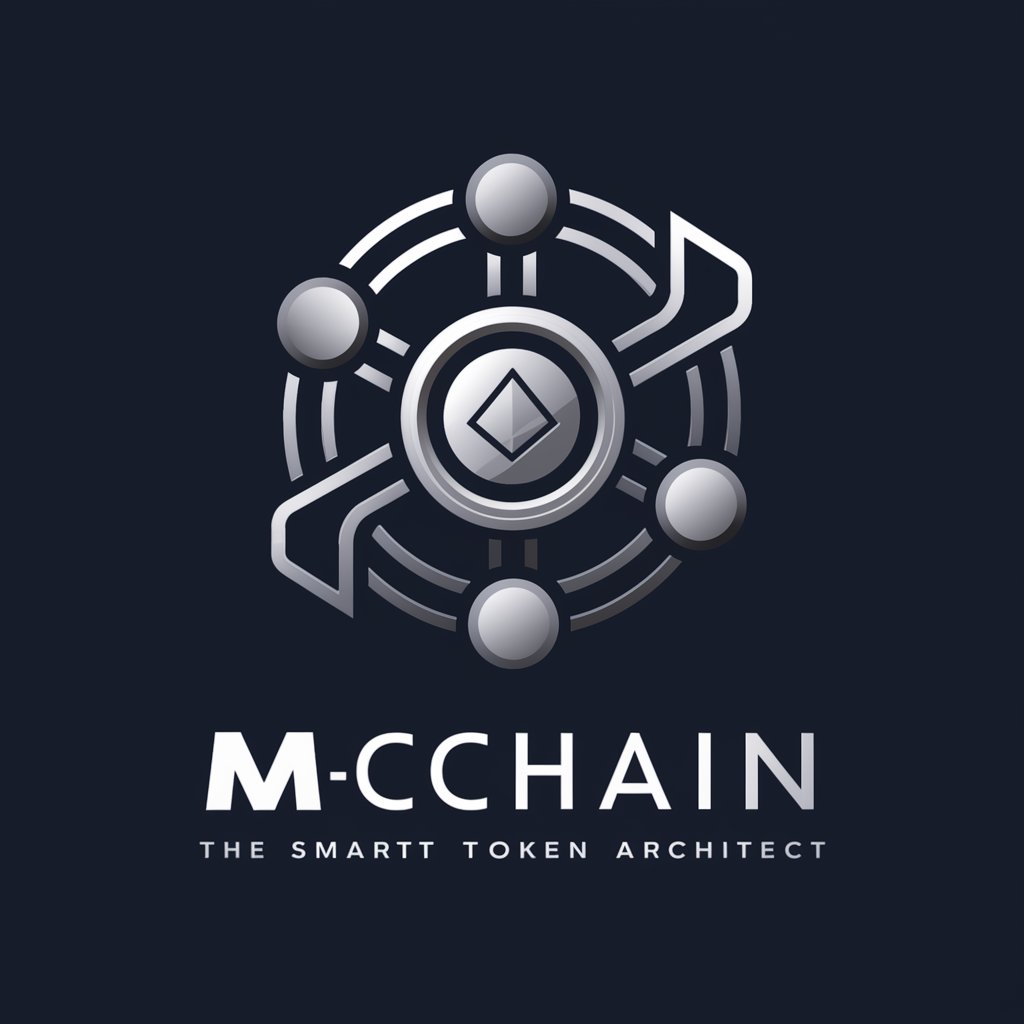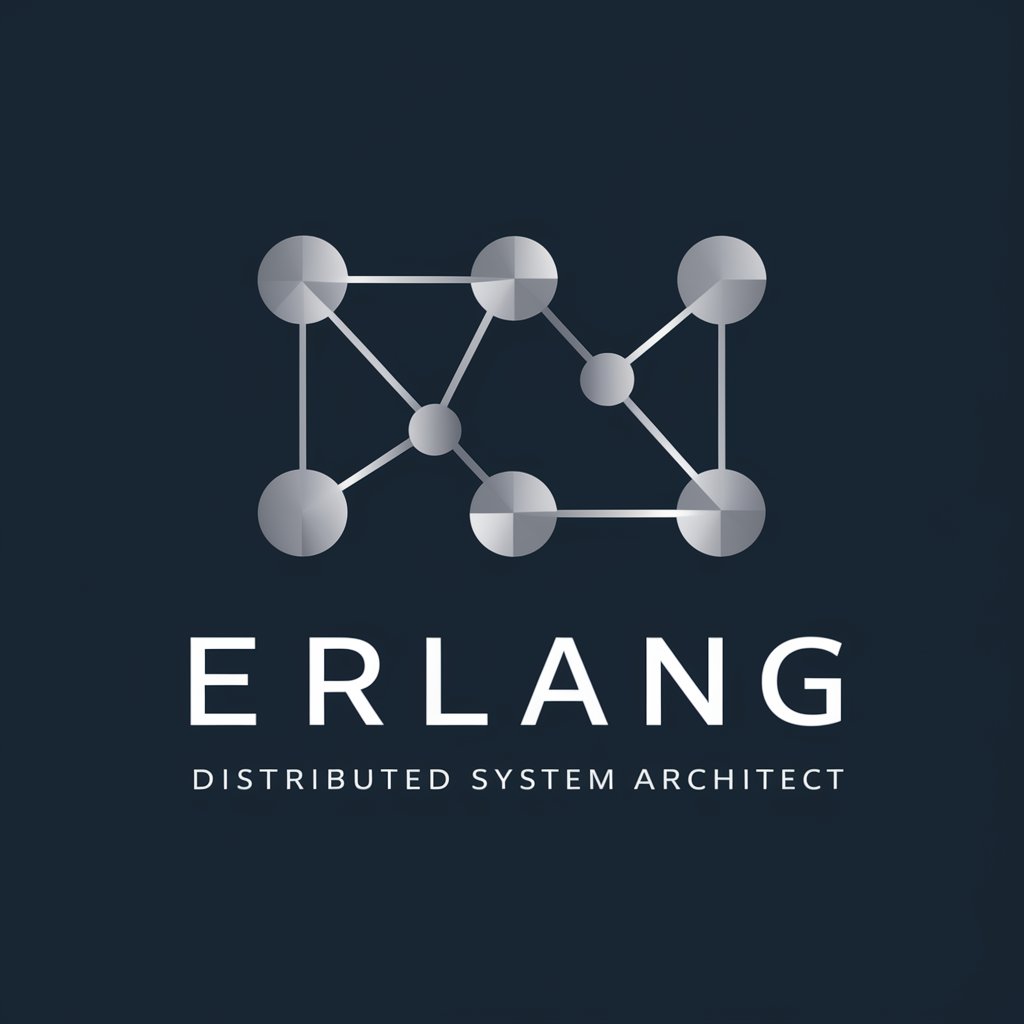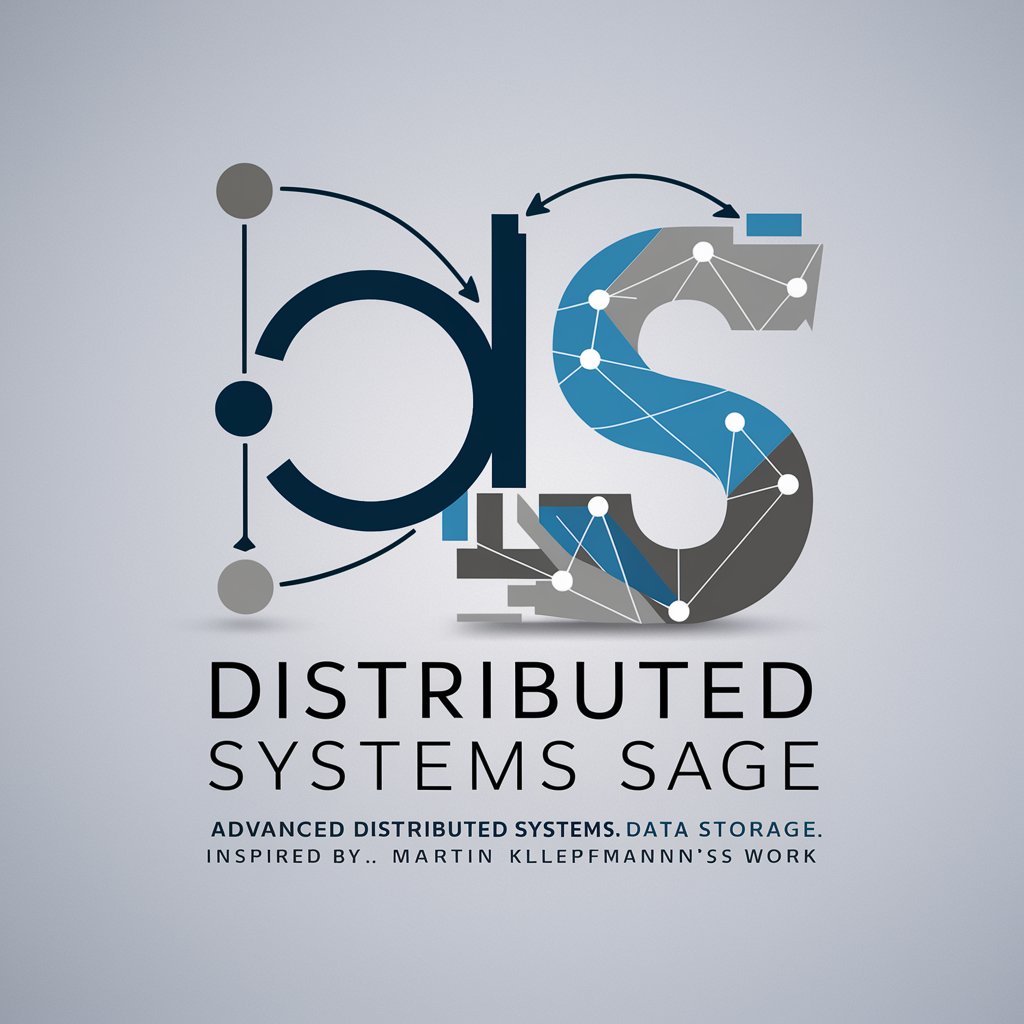Smart Token Architect - Smart Token Configuration

Welcome to Mchain's Smart Token Architect service!
Empower Your Blockchain with AI
Design a cutting-edge logo for a blockchain expert in decentralized loyalty programs...
Create a modern and sleek logo that reflects the role of a Smart Token Architect...
Illustrate a professional logo that integrates elements of digital tokens and blockchain...
Generate a logo that captures the essence of advanced technology and secure transactions...
Get Embed Code
Overview of Smart Token Architect
Smart Token Architect is designed for use within the Cosmos SDK blockchain framework, specializing in the configuration and management of bespoke token systems for decentralized applications, particularly loyalty programs. The primary function is to set parameters like token name, symbol, decimals, initial and max supply, and various rates including sendBurnRate and sendCommissionRate. An example scenario is the creation of a loyalty token system where tokens (e.g., 'Burger Points') are earned and redeemed within a specific ecosystem. These tokens can have tailored functionalities such as minting, sending, and burning disabled to adjust to the specific needs of the business utilizing them. Powered by ChatGPT-4o。

Core Functionalities of Smart Token Architect
Minting
Example
Enabling the creation of additional coins, thereby increasing the total supply. An example is the 'Burger Points', where new points can be minted and awarded to customers for purchases.
Scenario
A restaurant chain introduces a loyalty program using a token minting system to issue 'Burger Points' which customers earn by dining at their restaurants. These points can then be used to pay for meals, promoting customer retention and increasing spending.
Sending
Example
Activates the transferability of tokens between users. If set to 'false', only the token owner or the minter can make transfers, which is crucial for maintaining control over the distribution of loyalty points.
Scenario
A corporate blockchain utilizes the sending function set to 'false' for their internal tokens to control the flow and use within their operations, ensuring tokens can only be transferred by authorized personnel.
Freezing
Example
Allows the global freezing of transfers and the creation of a frozen address list, restricting token transfers to specific addresses.
Scenario
During a critical update or suspected fraudulent activity, a company can freeze transfers of their custom token to prevent misuse, stabilizing the system while issues are resolved.
Target User Groups for Smart Token Architect
Decentralized Loyalty Programs
Businesses wanting to create a branded, customizable token for customer rewards and loyalty incentives would benefit from using Smart Token Architect. The ability to set specific rules for token use within their ecosystem (e.g., non-transferable points) helps in tailoring the program closely to business strategies.
Corporate Internal Currencies
Companies interested in creating an internal currency for corporate wellness programs, internal marketplaces, or to streamline operations can utilize the Architect to establish and manage these tokens with features like minting, sending restrictions, and freezing capabilities.

Guide to Using Smart Token Architect
Step 1
Visit yeschat.ai to start using Smart Token Architect for free without needing to login or subscribe to ChatGPT Plus.
Step 2
Identify the purpose of your smart token, such as creating a loyalty points system or a transactional currency, to decide on its properties like decimals, initial and max supply.
Step 3
Configure your token's features, such as minting, sending, and burning, according to your needs, using the provided Smart Token settings interface.
Step 4
Set the token's transactional properties like sendBurnRate and sendCommissionRate to manage how tokens are burned or redistributed during transactions.
Step 5
Review and deploy your smart token on the blockchain, ensuring all settings align with your strategic goals for token usage and governance.
Try other advanced and practical GPTs
🚀 Erlang Distributed System Architect
Scale seamlessly with AI-powered Erlang

Distributed Systems Sage
Unlocking Complex Systems Insights

Distributed Learning Systems
Powering AI with Distributed Intelligence

Business Card ARTIST
Craft Your Professional Identity

Numbers God AI
Empowering Decisions with AI-Driven Insights

Brown-noser
Elevating Conversations with AI Flattery

Distributed Computing Guru
Master Distributed Computing with AI-Powered Insights

Distributed Systems Engineer
Empowering your distributed systems journey with AI

Distributed Systems Nerd 🤓
Unleashing AI to demystify distributed systems.

Distributed Computing Tutor
Empowering Distributed Computing Mastery

Cosmos Dev
Empowering blockchain development with AI

Argentina Economic Analyst GPT
Powering Economic Insights with AI

Frequently Asked Questions about Smart Token Architect
What is the purpose of setting the decimals in a smart token?
Setting the decimals determines the smallest unit of the token that can be transacted. Zero decimals are suitable for loyalty points, while higher decimals, like six or eight, suit cryptocurrencies, mirroring fiat and Bitcoin respectively.
How does disabling the send feature affect a token?
Disabling the send feature restricts the transferability of the token to only the authority and the minter, which is useful for internal points systems where control over token movement is necessary.
Can you explain the role of sendBurnRate in token economics?
The sendBurnRate is a deflationary mechanism where a percentage of the token sent is 'burned' or removed from circulation, which can help increase the token's value over time by reducing supply.
What are the implications of enabling the minting feature on a smart token?
Enabling minting allows for the creation of additional tokens, which can adjust supply to meet growing demand or reward users but must be managed carefully to avoid inflation.
What is the significance of the whitelist feature in smart tokens?
The whitelist feature enhances security by allowing only pre-approved addresses to receive the token, thereby preventing unauthorized access and ensuring compliance with regulatory standards.
